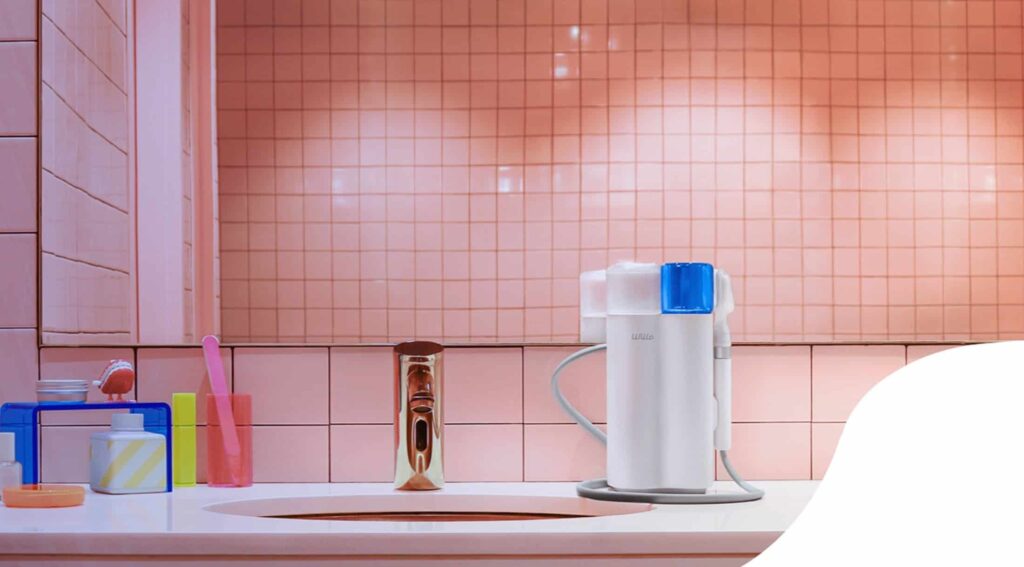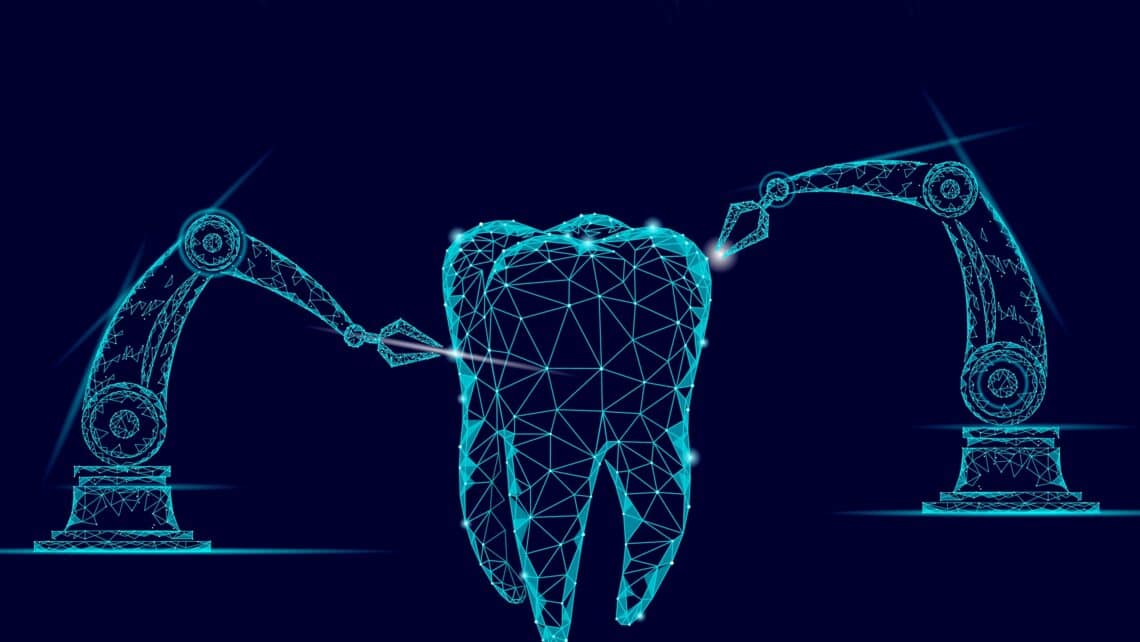When someone utters the word robot, you might immediately think of the Transformers, Star Wars or the lovable Wall-E. There is also the famous Sophia by Hanson Robotics or Asimov from Honda. You might even have one vacuuming your home and there are several companies who make these models, such as Roomba.
Brushing and flossing every day can be annoying, and even people who stick to the routine can miss areas and wind up with trouble. Part of the problem is that toothbrushes do not account for differences in the shape or spacing of different people’s teeth. So imagine that one day, tiny robots which are called microbots could brush and floss your teeth for you?
There are already robotic devices that brush your teeth in the world such as the Willo which is claimed to the first tooth brushing robot for kids by its New York based company. Willo is an oral care device which does not look like a toothbrush. Kids need to put the mouthpiece in their mouth and press the start button. Willo does the without the need for a toothpaste or to rinse their mouths including connection to a mobile app to track brushing times.

A company in Japan called Genics has created what they call, the fully automatic toothbrush. This hands-free toothbrush operates through multiple small electric motors to move up, down, left and right along the dentition to remove plaque.
However, in a world first, researchers at the University of Pennsylvania have developed technology which uses a magnetic field to direct iron oxide nanoparticle-based microrobots which can change shape to form bristles for brushing or slide between your teeth to floss them including releasing an antimicrobial substance that eliminates dangerous oral bacteria from your mouth.
According to the researchers, whose study can be found here, this technology has the potential to prevent oral diseases while saving you the trouble of brushing and flossing manually.
Hyun (Michel) Koo, a professor at Penn’s School of Dental Medicine and a study co-author says that “Routine oral care is cumbersome and can pose challenges for many people, especially those who have a hard time cleaning their teeth”. He adds that it is a long overdue time for oral care to evolve, because toothbrushes have not changed their basic shape and function, except the transition into electric.
The study has been tested on both 3D-printed and real human teeth showing that the microbots can conform to a variety of shapes to nearly eliminate the sticky biofilms that lead to cavities and gum disease.

The microbot swarm is similar to a bee swarm, where the tiny bot particles can be programmed to perform as a single unit. Think of how a robotic arm might reach out and clean a surface. While this technology is still in its infancy and a commercial production would be very expensive to begin with, the researchers are hoping that with time the production could get cheaper and have a wider application including older people or people with disabilities who lack manual dexterity to clean their teeth themselves.
So, what’s next?
The US Food and Drug Administration has approved the use of iron oxide nanoparticles for use in other biotech products, from contrast agents that get injected into MRI patients to delivery systems for some drugs. The Penn researchers have not offered a timeline for when tooth brushing microbots might be available at a dentist’s office near you, but they said they are eager to begin testing on actual dental patients.
As one of the researcher says, “You have to brush your teeth, then floss your teeth, then rinse your mouth. It is a manual, multistep process but the robotics system can do all three in a single, hands-free, automated way.”
Want to book an appointment?
Call our friendly team on 3390 6100 or email us. Or click here to book online.
This article is written by using various sources from the internet, and Malouf Dental does not assert any authenticity to these sources.







